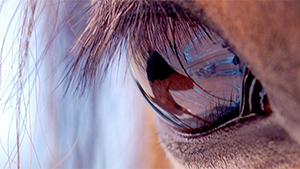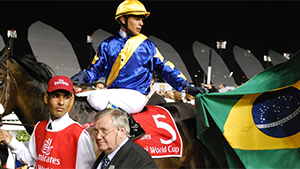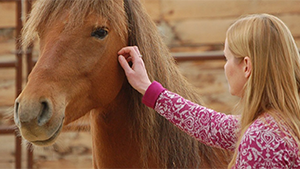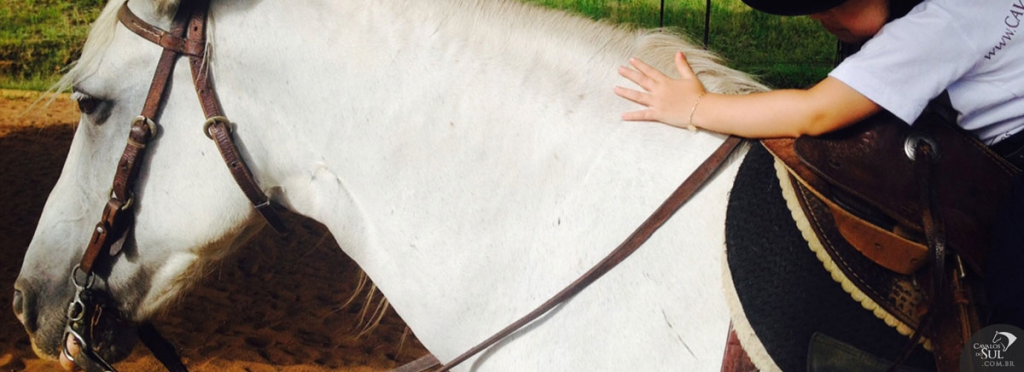
Many people ask us what it’s like to own a horse — whether it’s a lot of work and, above all, how much it costs to keep one.
I’m going to share my own experience of keeping a horse, along with some research data from boarding stables (“hotelarias”) in the Serra Gaúcha region (Caxias do Sul) and in Porto Alegre, Brazil.
My profile: I’m a city person; I own a horse for leisure, I practice classical riding and reining, and I take part in trail rides.
I explain my profile because costs can vary. For example, someone living in the countryside already has the infrastructure and will definitely spend less. There’s also the profile of breeders or professional equestrian athletes — that’s another story when we talk about keeping a competition, breeding, or show horse.
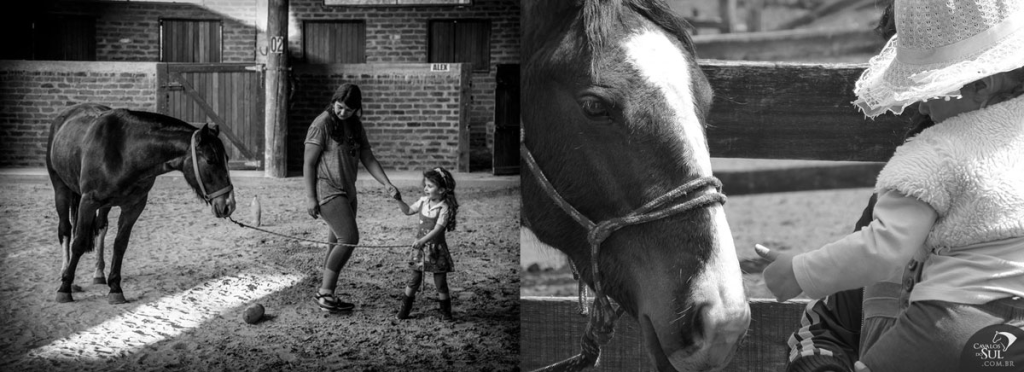
I decided to buy a horse because I believe in all the benefits it brings to our lives, and also because it’s a “family thing”: my father, siblings, and nephews also have horses.
Photo: Personal Archive
I personally never skip riding at least once a week! Leaving the city, going into nature, and being with my horse is my therapy session of the week.
On the flip side, like almost everything else, it requires time and financial effort.
Before Buying a Horse, Ask Yourself:
– Why do I want a horse? To compete? What type of competition? Just for trail riding? For working equitation? For leisure only?
– How much time per week do I have to spend with the horse?
– If the activity involves frequent transport, can I afford the logistics?
– If I need a trainer, can I afford it?
– Do I already have or know of a place to board my horse?
Now You Have a Horse!
You must look for a place that ensures your horse’s well-being and cares for its health. Basic items to check:
– Stall conditions (or box): is it big enough (suggestion 4 m x 4 m)? Is it clean? How often is bedding replaced? Is it airy? Does it have a window? Visual contact with other horses?
– Are the horse’s hooves cleaned before going into the stall overnight?
– Is there a place to shower (hose down) the horse after work?
– Does the monthly fee include exercising the horse weekly? On a walker or under saddle?
– Are there paddocks or pastures where the horse can be turned out daily?
– Feed quality. Is forage available (natural pasture and/or alfalfa)?
– How often are shoes replaced? Does the stable arrange this automatically if needed?
– Preventive vaccinations and deworming: does the facility handle this and pass on the costs?
– Veterinary care: is there a vet on call in emergencies? Is there a basic medicine cabinet?
– Tack room: is it ventilated?
– Is there a round pen? An arena or larger area to exercise? Are there nearby trails for short rides?
– Is there someone to help when needed — catching the horse in the paddock, saddling, showering, cleaning hooves?
– Is it a healthy place where I can bring my family?
Prices (Surveyed August–September 2014)
Caxias do Sul (Serra Gaúcha) and region:
Profile 1: R$ 250.00 to R$ 350.00 / month
Includes: stall, feed, and paddocks.
Other features: small to medium wooden stalls, round pen, area for roping practice.
Profile 2: R$ 500.00 to R$ 700.00 / month
Includes: stall, feed, horse exercised, and paddocks.
Other features: large masonry stalls, daily hoof cleaning, bedding changed every 3–4 days, baths, staff to assist with horse care, horse worked twice a week (by person or walker), automatic scheduling for shoeing and vaccinations, plus round pen and another area for exercises.
Extra charges: vet, dewormer, vaccines, shoeing.
Porto Alegre and region:
R$ 550.00 to R$ 750.00 / month
Includes: stall, feed, and paddocks.
Other features: large airy stalls, daily hoof cleaning, automatic scheduling of shoeing and vaccinations, round pen.
Extra charges: exercising the horse, vet, dewormer, vaccines, shoeing.
If you have any contributions to enrich our knowledge about horse boarding services in your region, feel free to comment.
Patricia Rodrigues – Manager, Cavalos do Sul

